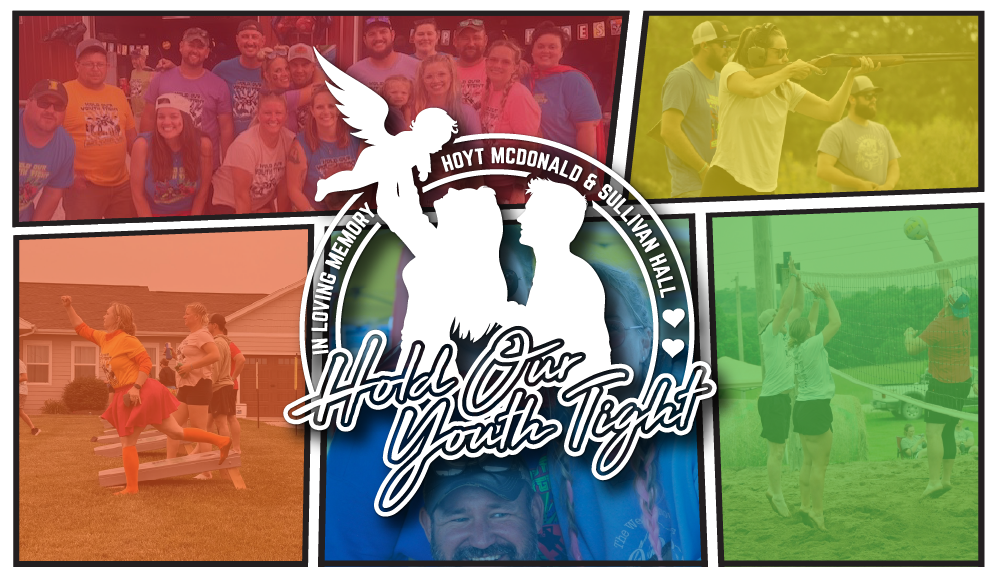Page Speed Matters and Google is at the Forefront
Have you noticed your website loading slower than others lately?
Maybe a few large images or pop-up boxes cause a delay?
The bad news is you have about 5 months to speed things up or risk seeing your site creep lower in Google’s mobile search rankings, the company announced on its blog in January.
The good news is, slow sites can be fixed!
Though website speed has been a factor in Google’s ranking algorithm for many years already, which has mainly affected desktop search, this is a clear wake up call to anyone who has ignored their site speed and performance.
Google insists this update will only penalize “pages that deliver the slowest experience to users,” which will likely “affect a small percentage of queries.” But what does this mean for you – and your 2018 budget?
If you’re already a Visionary customer, we’ve got a few tips.
Optimize your images
Like American waistlines, the average web page size is rapidly expanding.
The average web page is 3.5MB and growing, according to data from HTTP Archive, a website that keeps records on web performance information, such as page size, failed requests, and technologies used on sites. For comparison, a web page was around 2.4MB this time last year, and just barely 2MB in early 2015.
Why the increase? Images tend to be the biggest culprit. The influx of Apple Retina displays and other high-resolution screens since 2010 caused many to obsess over the crispness of web graphics and images. As a result, high-resolution images typically used for printing purposes found their way on screen.
Another likely perpetrator? Smartphone photos. Cameras in smartphones have gotten better and better each year, at times competing with high-end DSLR cameras. Those files can be between 1.5-3MB if left unchecked.
Consider that: One un-optimized image could double the size of one page of your website, or at least contribute to 75% of its size.
What can you do about this? Optimize your images. We know for a fact that a 1200px by  800px image can be tack sharp and 168KB.
How do I optimize images?
Creative software programs, such as Adobe Photoshop, typically have image optimization methods you can take advantage of – ‘Save for Web’ anyone?
However, the Adobe Creative Suite is a luxury for a select few due to the monthly cost. For the non creative professional, other options are available:
- TinyPNG – Compress PNG images while preserving transparency.
- Compressor – A completely free image optimizer for PNG, JPG, GIF, and SVG images. With a 10MB max file upload size, this will likely be enough for most users. One downside is you can’t do as much tweaking.
- Kraken – The free web interface has some significant user limitations, but try it out and consider the $5/month plan if you frequently find yourself adding images to your site each month.
- RIOT (Radical Image Optimization Tool) – When you can’t get online, you can download RIOT to use offline. It’s completely free and lets you adjust the level of optimization.
It’s important to note that optimizing images does not change the dimensions of the image – just the file size. One good way to increase and perhaps “double up” on image optimization is to run your image through an optimizer and then resize it to the smallest dimensions you need.
Check your page speed
If you want to find out the exact reason behind your site’s slowness, Google’s PageSpeed Insights tool is your best bet.
Note that this tool does not evaluate your whole site at once – only the page you provide for analysis.
It is also mainly aimed at developers, but for the non-initiated, you can better tell whether there is an issue with your images, or something more technical by analyzing a handful of pages.
(As of this writing, visionary.com got a 61/100 for mobile speed optimization and 59/100 for desktop speed optimization.)
Visionary does quite a bit of optimization already, which can be found towards the bottom of your Insights page under “Optimizations Already Present.” Most relate to the code, such as reducing server response time and minifying JavaScript, but some can relate to your design – for example: prioritizing visual content.
One downside to your PageSpeed Insights analysis is that it treats all of its optimization updates equally, which makes it difficult to understand what could be considered relatively easy to do and make a big improvement, and those that are more time intensive.
Minimizing CSS, for example, is something that can be done to check off the list, but may barely scratch the surface of the overall problem. Conversely, eliminating render-blocking assets can be powerful, but that is more complex from a development standpoint.
Reduce the amount of third-party scripts
Marketers seem to really love pop-up windows, chat bots, and other types of embeddable content. The problem is each time these are added, you’re also requiring the browser to make one more trip out into cyberspace to get what it needs, delaying it from loading what’s already on the page.
Your website will already have most of the assets it needs on its own server to function (images, styling, JavaScript for interactions). Adding a few third-party scripts can turn an efficient trip into a much longer trek across the World Wide Web.
Often times, these scripts dynamically generate assets hosted on other servers that are out of Visionary’s control. These servers could be down or slow, and that impacts your site.
To put it another way, think of a website like a grocery list your significant other might make for you. The browser is you going out and getting everything from the store.
Sometimes you come home, and someone says “I forgot to put apples on the list.” So you go back out and get the apples instead of whatever else it is you planned to do when you got home.
If traffic is heavier on your route, or the store is busier than before, you’ll have a much longer trip than before for just one item.
Efficiency is important to Google, and this is one simple way to get there.
Ready to get on the path to better web performance? If you have questions or want to know what optimizations can be made to your site, we are happy to talk with you.



